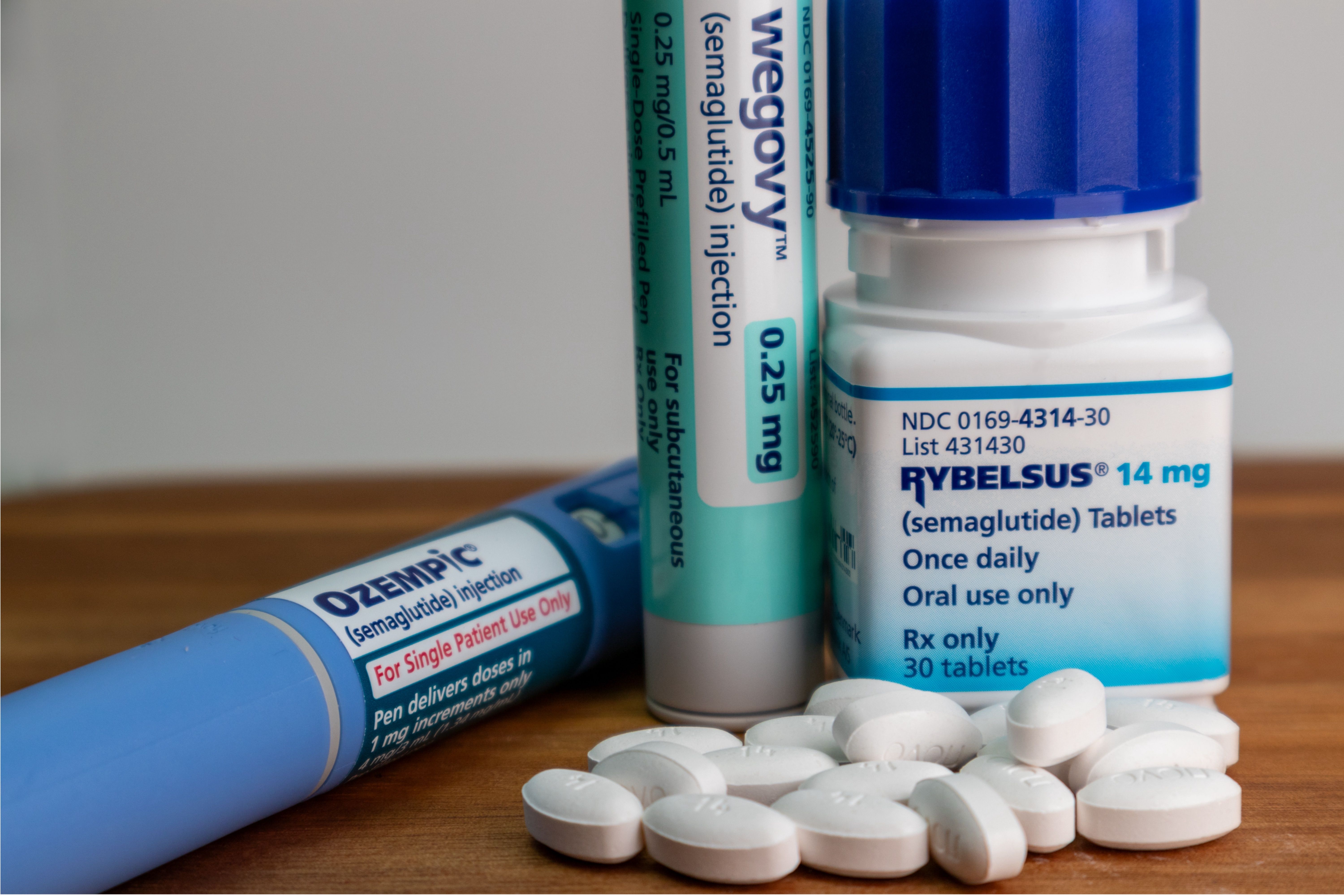Article
Want to Provide Better Care? Start With a Better Communications Strategy
Author(s):
Providers and facilities should be exploring communication platforms that support secure messaging, social media, and telehealth capabilities, the better to communicate with patients in their preferred manner.
Good communication is key for any successful doctor—patient relationship. Despite the constant advance of technology, patient history reigns as the leading diagnostic tool, with patients relating symptoms and family history to physicians.
But that’s not the only communication touchpoints between the patient and the practice or health facility. Consider scheduling, appointment reminders, prescription refill requests, prior authorizations, billing/collections, and after hours calls to the physician help line. Each patient experience along the care continuum informs patient understanding of their diagnosis or condition, satisfaction and future loyalty to that provider, practice or facility.
A strong disconnect exists between perceptions of care quality, based on whether patients or physicians are surveyed. A 2016 study of physicians showed that nearly two-thirds believe they deliver quality care. But ask patients whether their physicians were delivering quality care, and only 40% believe that to be the case. The same study showed that 81% of patients expressed dissatisfaction with their care experiences.1
A myriad of factors can play a role in this disconnect; however, an effective communications strategy can help. That’s why providers and facilities should be exploring communication platforms that support secure messaging, social media, and telehealth capabilities, the better to communicate with patients in their preferred manner.
Communication preferences changing
Health systems, medical facilities and physicians increasingly face scrutiny through surveys by accrediting bodies and other organizations that judge patient perceptions of care. Participation in value-based care arrangements or patient-centered medical homes often includes patient satisfaction metrics.
Patients already are using online physician review sites to learn about potential physicians. An analysis of 35,000 online physician reviews showed that 96% of recorded complaints were related to poor communications or poor customer service—not about a physician’s demeanor, diagnostic skills, or the diagnosis itself.2 This clearly points to the need for practices and facilities to examine their communications strategies and look for better ways to enhance the patient experience.
Practices should acknowledge not only the changing demographics of their patients but also the emerging communications methods such as texting and social media that have gained wide popularity. Cellphone ownership is nearly ubiquitous in the United States, with smartphone penetration at 77% overall. Even among those 65 and older, smartphone ownership tops 45%, with 73% ownership among those aged 50 to 64. Smartphone ownership surpassed 90% for younger Americans.3
Matching communications methods to patient preferences can increase loyalty and satisfaction.
Increased interest in health
Patients rely on the internet when it comes to asking questions about their care. But, of course, much misinformation exists, making it hard for patients to gain real insight.
In fact, nearly three-quarters of Americans report using the internet to research health and wellness information. One-third of that number are searching for specific information about a diagnosis or a health condition.4
When patients meet with their caregivers, they don’t always do a great job remembering what occurred during their visit. A study estimated recall at just 20%, which means that patients forget upwards of 80% of what was discussed.5 Those dealing with chronic conditions and patients receiving diagnosis of a significant illness or debility may not later recall critical information that could alleviate symptoms or inform next steps in the care process.
A proactive, HIPAA-compliant communications platform allows practices to send out targeted, accurate and actionable information to patients that can educate them on their conditions and help track next steps in the care process.
Text and social media options are a must
Any communication platform should include options for text (both simple and multimedia texting capabilities) and social media. Patients under 50, especially, are more likely to send or read text messages than use their mobile devices for making and receiving phone calls.
Practices also can benefit from the one-to-many communications strategies that an increasing number of patients prefer. Think about the tedious process of reminder calls, most of which go to voicemail, versus text reminders. On the other side, incoming calls can only be answered one at a time.
Text and social media inquiries can go into a central queue and then be routed to the appropriate staff member. Scheduling inquiries go to the front office, while billing questions go to the back office and refill requests to clinical staff. Questions for physicians can be handled within the practice’s normal workflow, rather than waiting until the end of the day or the next day.
Quick response times can help patients get better sooner while increasing patient loyalty and satisfaction. US healthcare spending topped $10,000 per patient in 2017, underscoring the importance of communicating with patients using the methods they prefer.6
Conclusion
The medical profession has been fundamentally transformed over the past 2 decades, with the advent of practice management systems, cutting-edge diagnostic tools, and emerging care models that pay for quality of care rather than volume of care. But communications strategies haven’t kept up. Providers remain trapped in phone-based and in-person communications that can leave patients feeling frustrated by a lack of attention or not fully understanding their conditions. Patients want access to information but often times struggle with juggling multiple usernames and passwords required to navigate the portals and information systems necessary to manage their own care.
Like it or not, preferred communications methods now include social media and text messaging. Simple texts are opened more than 99% of the time, with most texts being opened within 3 minutes of receipt.7
Texting and social media messaging, when used in accordance with HIPAA standards, help practices reach more patients quicker, resulting in smoother practice workflows and better patient care.
References
1. Prophet and GE Healthcare Camden Group. The State of Consumer Healthcare: A Study of Patient Experience. https://www.prophet.com/patientexperience/index.html#jump-here. Accessed April 26, 2019.
2. Becker’s Hospital Review. Patients' No. 1 complaint? Front-desk staff. https://www.beckershospitalreview.com/hospital-management-administration/patients-no-1-complaint-front-desk-staff.html. Accessed April 26, 2019.
3. Pew Research Center. Mobile Fact Sheet. https://www.pewinternet.org/fact-sheet/mobile/. Accessed April 26, 2019.
4. Kantar. Consumers turn to Facebook, Twitter for healthcare information. https://us.kantar.com/tech/social/2017/consumers-turn-to-facebook-and-twitter-for-healthcare-information/. Accessed April 26, 2019.
5. Richard C, Glaser E, Lussier M. Communication and patient participation influencing patient recall of treatment discussions. https://doi.org/10.1111/hex.12515. Accessed April 26, 2019.
6. Centers for Medicare & Medicaid Services. https://www.cms.gov/Research-Statistics-Data-and-Systems/Statistics-Trends-and-Reports/NationalHealthExpendData/NationalHealthAccountsHistorical.html. Accessed April 26, 2019.
7. Tatango. SMS Open Rates Exceed 99%. https://www.tatango.com/blog/sms-open-rates-exceed-99/. Accessed April 26, 2019.

Navigating Sport-Related Neurospine Injuries, Surgery, and Managed Care




